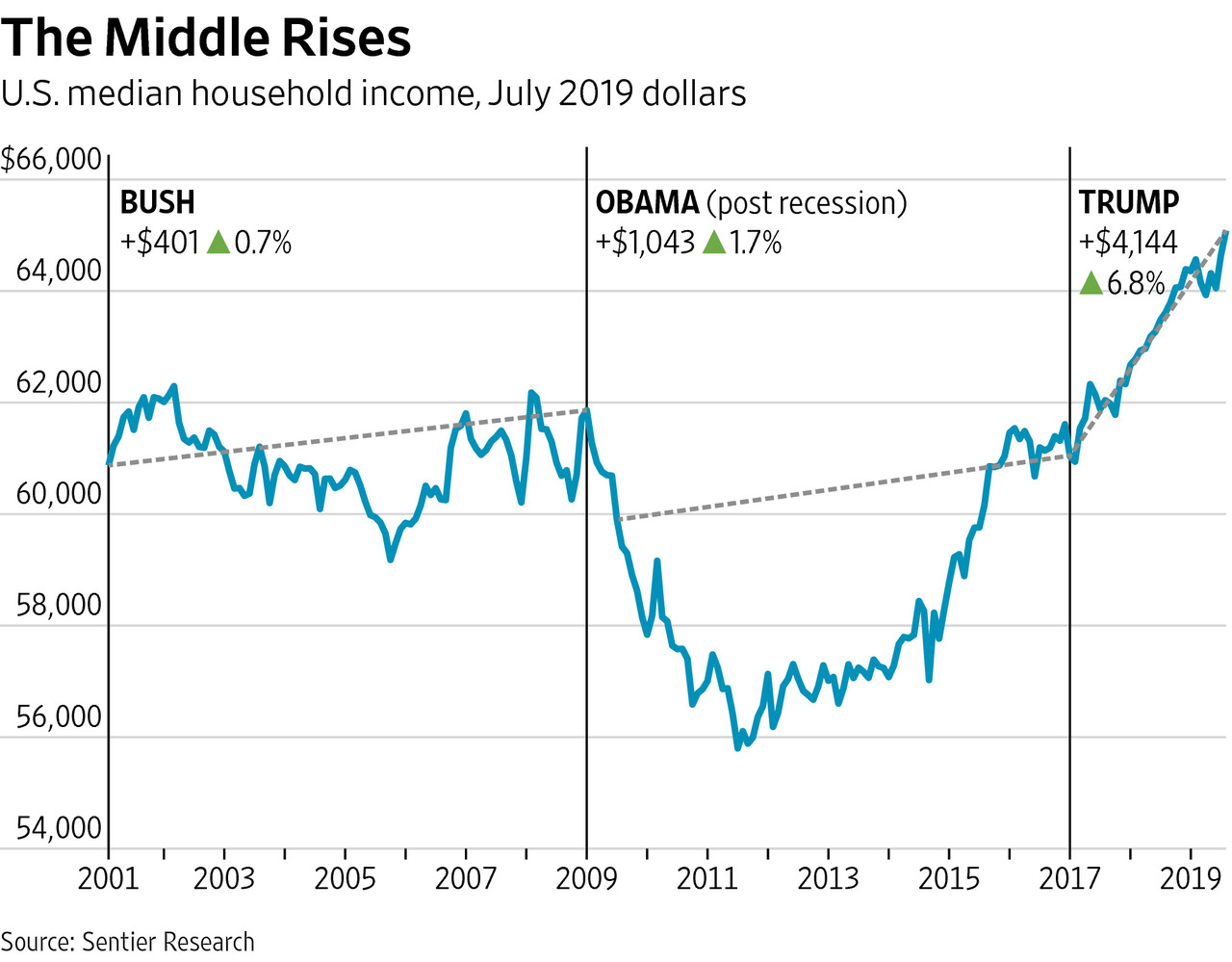(p. A15) The 2010s have been the best decade ever. The evidence is overwhelming. Start with the United Nations Development Report. Framed as a warning about inequality, it plays down the good news: “The gap in basic living standards is narrowing, with an unprecedented number of people in the world escaping poverty, hunger and disease.”
The World Bank reports that the world-wide rate of extreme poverty fell more than half, from 18.2% to 8.6%, between 2008 and 2018. Last year the World Data Lab calculated that for the first time, more than half the world’s population can be considered “middle class.”
. . .
Rich countries use less aluminum, nickel, copper, steel, stone, cement, sand, wood, paper, fertilizer, water, crop acreage and fossil fuel every year, as Andrew McAfee documents in “More From Less.” Consumption of 66 out of 72 resources tracked by the U.S. Geological Survey is now declining.
For the full commentary, see:
(Note: ellipsis added.)
(Note: the online version of the story has the date Dec. 16, 2019, and has the same title as the print version.)
The commentary is related to the author’s book:
Norberg, Johan. Progress: Ten Reasons to Look Forward to the Future. London, UK: Oneworld Publications, 2016.
The book by McAfee, mentioned in the commentary, is:
McAfee, Andrew. More from Less: The Surprising Story of How We Learned to Prosper Using Fewer Resources―and What Happens Next. New York: Scribner, 2019.


